Not only does it require less power, but it is also scalable and capable of learning.
Author: Moonshot
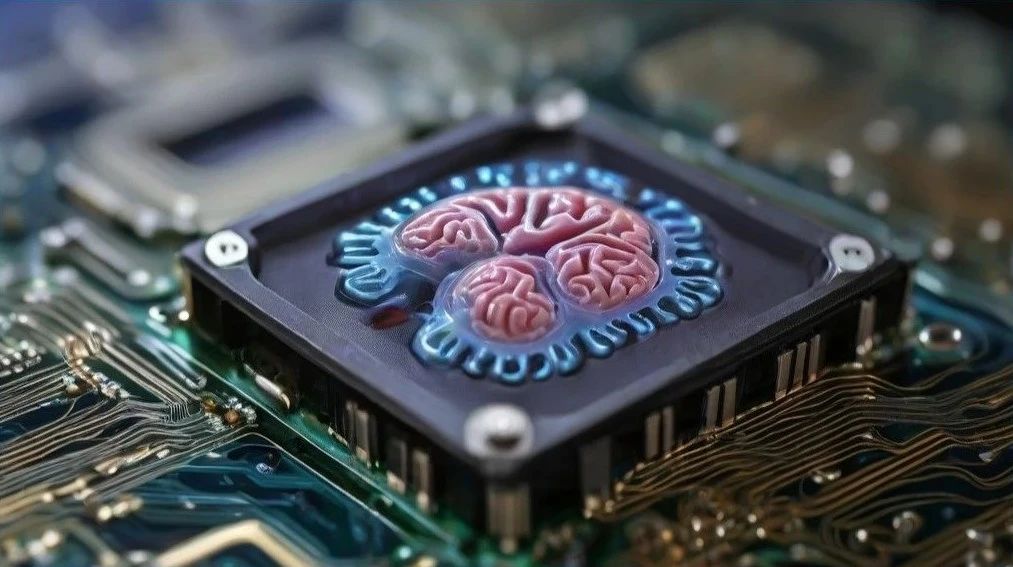
In the first episode of the latest season of "Black Mirror," titled "Ordinary People," the female lead experiences unexpected brain death, and the male lead connects her to a "cloud brain" service. Part of her brain is removed and replaced with a chip connected to the cloud, and she pays the software company a "subscription fee" of several hundred dollars a month to maintain her "consciousness online."
This may be the most biting satire of tech giants since "Silicon Valley."
However, just two months after "Black Mirror" aired, a similar technology has quietly emerged in reality.
An Australian startup named Cortical Labs has announced the official launch of the world's first commercial biological computing platform—CL1.
CL1 is not an ordinary computer; it contains 800,000 living human neurons, connected to traditional silicon chips through precise electronic interfaces, forming a type of "hybrid intelligence." It can not only process information but also learn autonomously and adapt to its environment, exhibiting a certain degree of "pseudo-consciousness."
Yes, you heard it right:
This is a "living" computer.
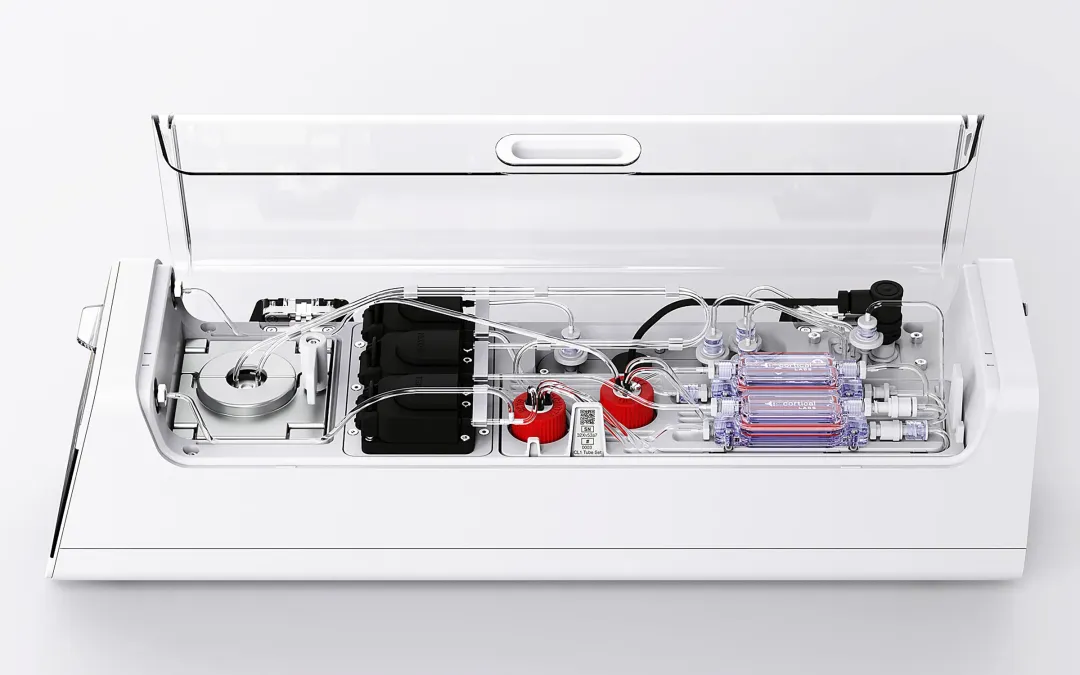
Theoretical neuroscientist Carl Friston said, "From a certain perspective, CL1 can be seen as the first commercial bionic computer, the ultimate brain-like computer using real neurons."
While people are still worried that as carbon-based beings, they cannot compete with silicon-based opponents like AI, could the "silicon-carbon fusion" approach of CL1 become the path to superhuman status that Musk envisions with "human + AI"?
01 When Silicon Meets Cells
Biological computing is not a new concept. For decades, scientists have envisioned using DNA, proteins, or even cells as computing media. But CL1 is, so far, the first biological computing platform to truly apply human neural cells for commercial purposes.
Imagine 800,000 living human neurons carefully floating on a custom silicon chip. Whenever an external system emits an electrical signal, these neurons respond in sub-millisecond levels, just as naturally, quickly, and randomly as humans receive information and react.
This is the technological core of CL1: it does not aim to make the chip mimic the brain but directly connects part of the "brain" to the chip, combining silicon chips with living human neurons to create a hybrid intelligence system that can learn like the human brain while efficiently processing information like a computer.
Visually, CL1 resembles a high-tech petri dish rather than a traditional computer. Its internal structure consists of three parts:
A standard rack computing node;
A microelectrode array system (MEA) that supports electrophysiological signal recording and stimulation;
And the most important and "life-like" component: a temperature-controlled culture unit.
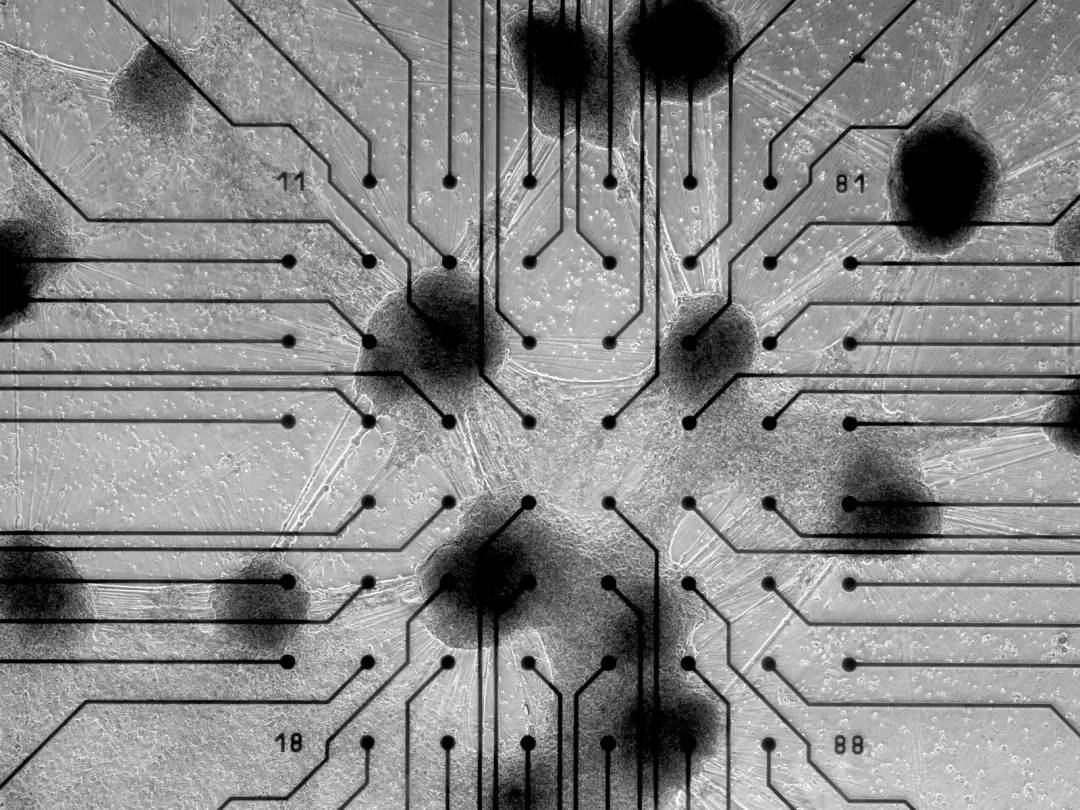
Neurons + Silicon Chips | Source: IEEE Spectrum
The MEA serves as a bridge between the "human brain" and the "machine brain," allowing electrical signals to flow freely between the silicon chip and the neurons while recording their activity patterns.
The temperature-controlled culture unit is key to keeping CL1 "alive." Each CL1 contains 800,000 lab-cultured human neurons, sourced from skin or blood samples of adult donors. The temperature-controlled culture unit provides nutrients, controls temperature, filters waste, and maintains fluid balance, ensuring these neurons survive for up to six months.
These 800,000 neurons do not merely passively respond to signals; they possess a certain degree of autonomy and plasticity, dynamically responding to feedback.
A study published in the journal "Neuron" in 2022 showed that Cortical Labs' early system, DishBrain, trained these neurons to play "Pong" (one of the earliest video games).
When the game started, the neurons did not know the rules, but through continuous feedback of different electrical signals for "hit" or "miss," they quickly learned how to control the paddle to respond to the changing ball speed. The developers did not program them in advance, and the neurons could adjust their behavior to achieve the goal, which is known as a "minimal consciousness system" in neuroscience, representing true learning behavior.
In some scenarios, CL1's learning efficiency even surpasses that of deep reinforcement learning algorithms because the neurons can grow, reorganize, and learn in real-time, exhibiting dynamic adjustment characteristics similar to biological brains.
You can imagine that they are not just neural tissue but a highly plastic "living algorithm."
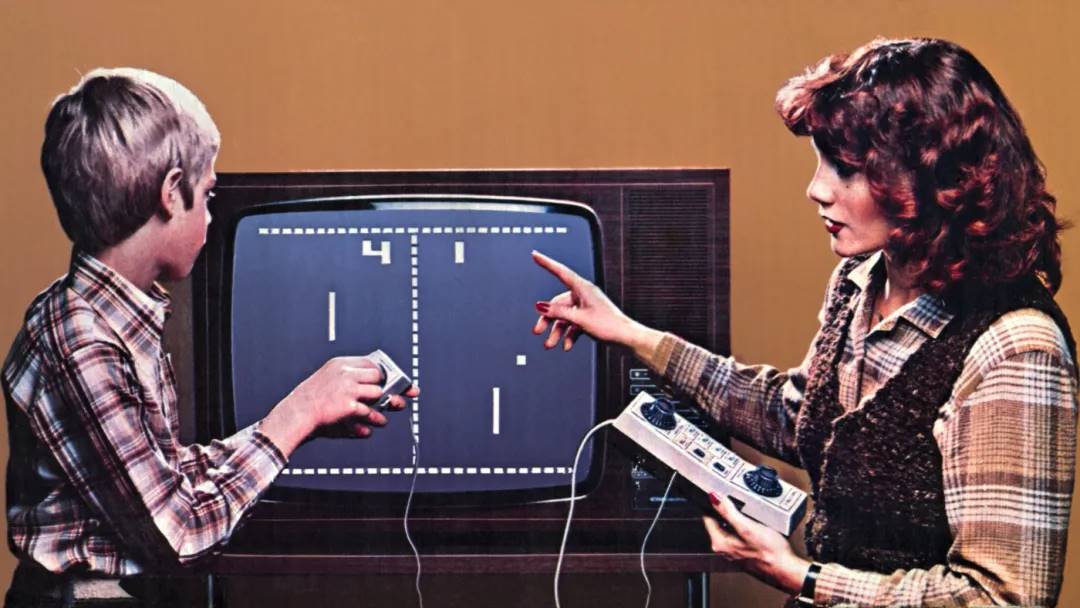
The world's first video game | Source: The Week
Moreover, the combination of neurons and silicon chips allows CL1 to leverage advantages from both digital and biological domains: the adaptability and "generalization ability" of biological brains (the ability to extract patterns from limited experiences and apply them to new situations), combined with the observability, controllability, and programmability of digital systems.
Cortical Labs provides a complete software development kit (SDK) that allows users to interact with the neurons through programming, making CL1 the world's first "programmable biological computer."
The code written by programmers no longer runs solely on silicon chips but also operates on living neurons.
Thus, CL1's "intelligence" differs from any traditional hardware system; it is neither as complex as the human brain nor as flexible as silicon chips, but it represents another form of our imagination of intelligence: Friston calls it "the ultimate form of biological simulation computer."
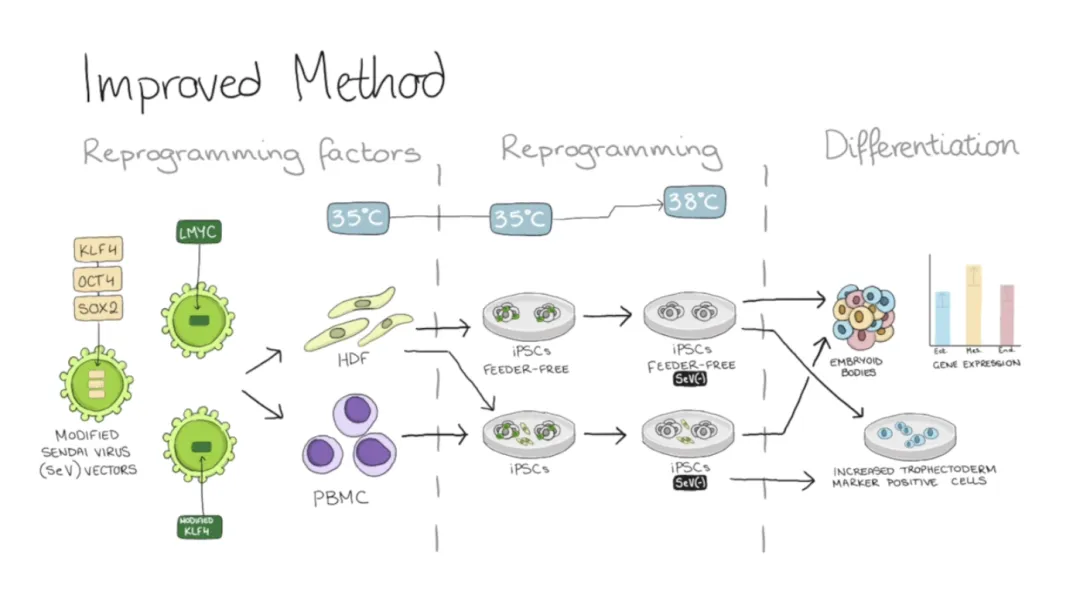
The way neurons and silicon chips are combined | Source: Cortical Labs
Unlike traditional computers, CL1 does not rely on digital logic circuits but trains neurons to perform tasks, resulting in extremely low power consumption and high operational efficiency.
Reports indicate that a complete rack of CL1 devices has a total power consumption of only 850 to 1000 watts. In contrast, even training a medium-sized neural network model, such as GPT or image recognition networks, often requires GPU clusters that consume thousands to tens of thousands of watts of power and must be kept cool to avoid overheating.
The key to energy efficiency lies in the neurons; the energy required for each discharge of a neuron is minimal. The overall power consumption of an adult human brain is only about 20 watts, yet it can perform data processing, perception, and decision-making tasks far beyond those of supercomputers.
Although CL1 currently cannot write papers, program, or tell jokes like GPT-4, it can demonstrate intelligent potential in specific tasks (such as perceptual decision-making and neural feedback simulation) without needing to stack computing power.
Even more frighteningly, CL1 may also "evolve."
02 Who Will Buy a "Living Computer"?
Even if the current paper performance of CL1 does not seem "hardcore" enough to directly compete with NVIDIA H100 at the same price point, it has the natural scalability of biology. Cortical Labs states that expanding from 100,000 to 1 million neurons incurs almost no additional cost, and scaling up to hundreds of millions of neurons remains controllable in terms of cost.
The more neurons there are, the greater the potential for intelligence. While silicon-based computing relies on burning electricity and stacking cards for speed, CL1's performance growth depends on "brain nurturing."
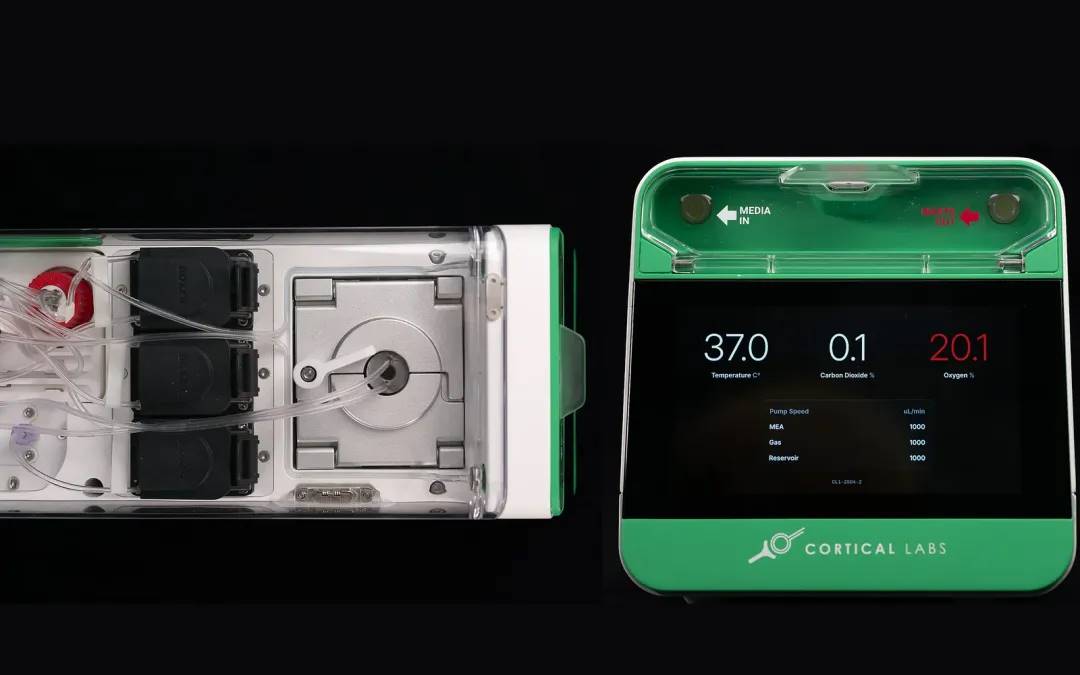
"Brain in a Dish" | Source: CL1
The first batch of 115 CL1 units will be shipped this summer, priced at $35,000 each, with a bulk purchase price dropping to $20,000 per unit. The target customers are clear: neuroscientists, pharmaceutical research companies, and AI and brain-like computing research teams.
However, Cortical Labs is not satisfied with just selling CL1 to a few top laboratories.
They have launched a "Wetware as a Service" (WaaS) model. Here, "Wetware" refers to the human or other biological brains and nervous systems.
In this model, researchers do not need to own a physical CL1 device; they can remotely log into Cortical Labs' platform to access a living neuron computing node in real-time, adjust stimulation parameters, collect data, and even conduct remote training. Each CL1 has a weekly rental fee of $300.
This gives a sense of "Black Mirror" coming to life.
In other words, for $300 a week, you can rent a programmable living human neuron with 800,000 neurons. This is not subscribing to software or renting a server but renting a form of "living" biological intelligence. Although CL1 has not yet reached the complexity of human consciousness, it is indeed a form of life.
WaaS also turns the building blocks of consciousness into a tradable commodity, with each neuron costing about $0.00005 per day to rent. Does this mean that one day, the 50-100 billion neurons in the human brain could also be priced?
More boldly, could WaaS one day evolve into LaaS (Life as a Service)?
When it comes to human-machine integration, CL1 is certainly not the first; Neuralink has already entered clinical testing. The two paths are entirely different, yet both stand on the boundary of "carbon-based and silicon-based."
Neuralink aims to "connect humans to computers," attempting to extend human computational capabilities, while CL1 seeks to "convert human cells into computation," aiming to extract human neural capabilities to feed back into machine systems.
In Neuralink's vision, consciousness remains in the brain, merely extended and rewritten. In CL1's logic, fragments of consciousness, learning abilities, and even possible "feelings" have become commodifiable functional modules.
Ultimately, the technological question transforms into a philosophical one: Can the human brain truly be reshaped, invoked, or even "commodified"?
Or perhaps, when technology no longer constructs cold intelligence but begins to learn how to live and survive, what will we do then?
Optimistically, this may just be a technological path, much like Guan Yifan and Cheng Xin in "The Three-Body Problem," who, when electromagnetic wave speeds were greatly compressed and computational capabilities nearly zeroed out in a black domain, were forced to manually perform celestial mechanics calculations with human brains, taking decades to complete the spacecraft's orbital adjustments and finally escape the black domain.
When traditional computing stagnates at physical limits, perhaps "nurturing a brain" is the starting point for breaking through the technological singularity.
免责声明:本文章仅代表作者个人观点,不代表本平台的立场和观点。本文章仅供信息分享,不构成对任何人的任何投资建议。用户与作者之间的任何争议,与本平台无关。如网页中刊载的文章或图片涉及侵权,请提供相关的权利证明和身份证明发送邮件到support@aicoin.com,本平台相关工作人员将会进行核查。




